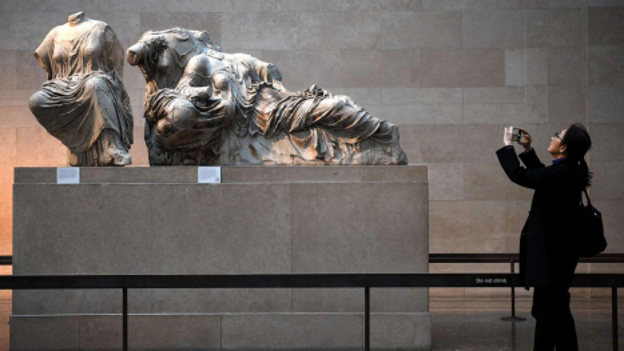The ongoing dispute over the Elgin Marbles underscores the nuanced nature of cultural heritage, diplomacy, and historical preservation. The Parthenon sculptures, also known as the Elgin Marbles, are at the forefront of the issue and have been a source of controversy between Greece and Britain for decades. This article dives into the historical context, both sides’ arguments, and the ramifications of the debate on the larger stage of international politics.
The Elgin Marbles are an ensemble of classical Greek marble statues that originally adorned the Parthenon temple atop the Acropolis. These works, commissioned by the statesman Pericles and sculpted by the great craftsman Phidias in the 5th century BCE, are considered among the finest examples of classical Greek art.
In the early nineteenth century, Thomas Bruce, the 7th Earl of Elgin, removed a significant portion of the Parthenon sculptures, under the claim of consent from the Ottoman Empire, which governed Greece at the time. The marbles were later purchased by the British government and have been housed in the British Museum since the early 1800s.
The removal of the Elgin Marbles, according to Greece, was an act of cultural pillaging and a breach of national heritage. Ever since, the Greek government has consistently campaigned for the return of these statues, claiming that they constitute an essential element of Greek culture.
Athens argues that the stones were obtained illegally and that returning them will contribute in the reconstruction of the Parthenon and the reunification of its artistic and historical elements.
The British Museum and the UK government, on the other hand, uphold that the Elgin Marbles were obtained legally through a legal agreement with the Ottoman authority. They argue that the marbles have been conserved and made accessible to a global audience in the British Museum, where they serve as a vital educational resource for art fans and scholars around the world. Britain claims that repatriation is unnecessary because the marbles are safe in their current position.
Ultimately, the Elgin Marbles controversy extends beyond Greek and British borders, emphasizing attention on broader concerns of cultural heritage, restitution, and the ethical questions underlying art acquisition. Similar arguments over cultural artifact repatriation have gained traction around the world, sparking debates about museums’ ethical responsibilities and the influence of historical colonization on nations’ cultural heritage.
The Elgin Marbles controversy continues to be a contentious and emotionally charged matter, reflecting the larger challenges of negotiating the junction of cultural heritage, national identity, and international relations. While Greece continues to urge for the return of these historic sculptures, the British Museum maintains its stance, causing continuous debate and driving concerns about the ethical obligations of institutions that house culturally significant artefacts. The Elgin Marbles controversy serves as a heartbreaking reminder of the importance of intelligent and collaborative approaches to dealing with the challenges of cultural heritage in a globalized society.















